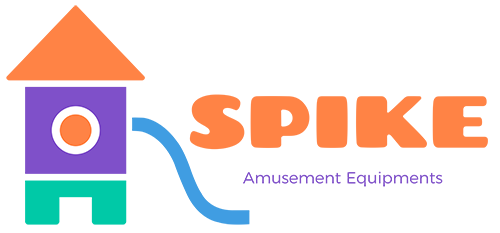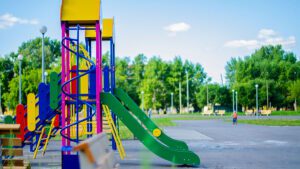Los parques públicos son espacios verdes vitales que sirven de punto de encuentro para las comunidades, ofreciendo ocio, relajación e interacción social. Aunque existen muchos parques en todo el mundo, no todos tienen éxito. Algunos simplemente no satisfacen las necesidades de sus comunidades. Para diseñar y mantener un parque que obtenga una calificación de cinco estrellas o un puesto alto en el índice ParkScore, es esencial la planificación urbana y centrarse en la experiencia del usuario.
En este artículo analizaremos los elementos clave que contribuyen al éxito de los parques públicos. Ya se trate de una ubicación bien pensada, de espacios verdes o de instalaciones atractivas, estos componentes garantizan que un parque se convierta en una parte apreciada de la comunidad.

1. La importancia del diseño de los parques
Crear un parque es algo más que un simple trabajo de paisajismo. Es un proceso integral que implica la planificación, el diseño y la gestión del espacio para que satisfaga las necesidades de todos los visitantes. Un parque bien diseñado debe ofrecer tanto belleza como funcionalidad, proporcionando un lugar donde la gente pueda relajarse, hacer ejercicio, socializar o conectar con la naturaleza.
Aspectos clave de un buen diseño de parques:
- Colaboración: Los parques se diseñan con la ayuda de urbanistas, arquitectos paisajistas y miembros de la comunidad. Sus comentarios garantizan que los parques sean acogedores y funcionales.
- Aportaciones de la Comunidad: Los parques están pensados para atender las necesidades de los residentes. Es crucial conocer las preferencias de la comunidad para asegurarse de que el parque sea relevante y valorado por ellos.
- Inclusividad: Garantizar la accesibilidad para personas de todas las capacidades es un elemento clave del diseño de los parques modernos.
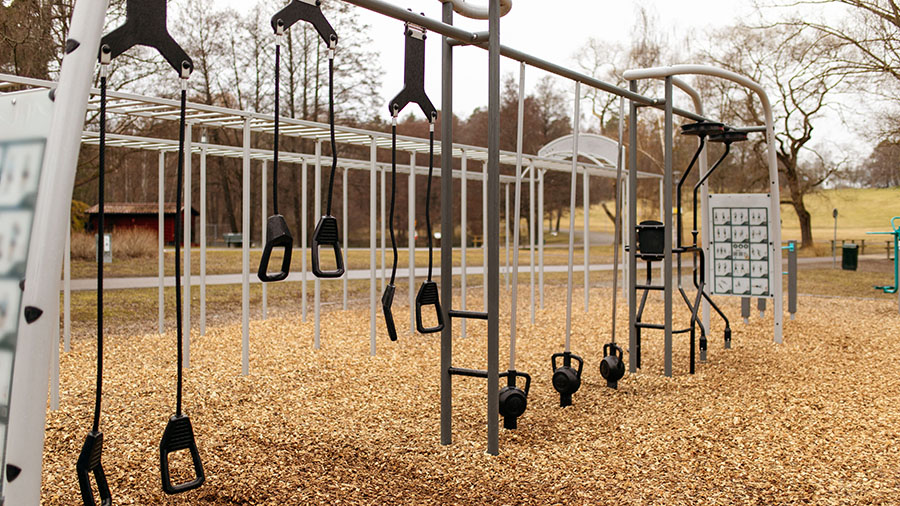
2. El papel de la ubicación
El éxito de un parque empieza por su ubicación. Una ubicación céntrica y de fácil acceso garantizará que personas de toda condición puedan visitar el parque. Cuanto más cerca esté de donde vive la gente, más probabilidades habrá de que lo visite con frecuencia.
Criterios de ubicación del parque ideal:
- Accesibilidad: El parque debe estar situado a una distancia de 10-30 minutos a pie para la mayor parte de la comunidad. Cuanto más fácil sea llegar, más visitantes atraerá.
- Necesidades de la Comunidad: La ubicación también debe reflejar las necesidades específicas de la zona circundante. Por ejemplo, un parque urbano puede necesitar más elementos recreativos, mientras que los parques de zonas residenciales pueden centrarse más en los espacios tranquilos y la naturaleza.

3. Incorporar la naturaleza al diseño de los parques
La naturaleza es un componente crucial del éxito de cualquier parque. Los espacios verdes proporcionan un alivio muy necesario de la jungla de cemento de la vida urbana. Un parque debe estar diseñado para conectar a la gente con la naturaleza, ya sea a través de una exuberante vegetación, elementos acuáticos o vida salvaje.
Elementos naturales esenciales para el éxito de los parques:
- Variedad de especies vegetales: La incorporación de una amplia gama de plantas aumenta la biodiversidad del parque y lo hace más atractivo.
- Características del agua: Los estanques, arroyos o fuentes pueden crear espacios tranquilos y ayudar a atraer a la fauna.
- Mantenimiento: El cuidado regular de las plantas y los espacios verdes garantiza que el parque siga siendo visualmente atractivo y agradable para los visitantes.
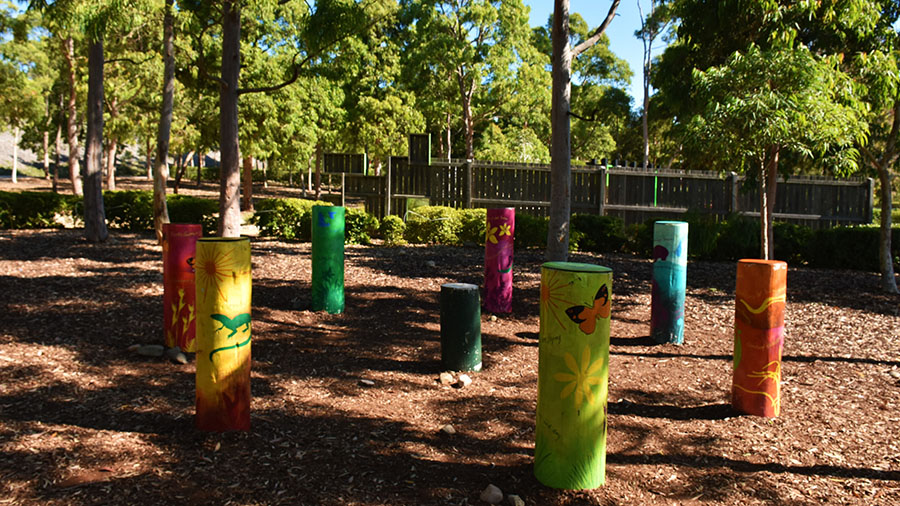
4. Asientos y zonas de reunión
Por muy bonito que sea el parque, la gente no se quedará mucho tiempo si no hay lugares donde sentarse y relajarse. Ofrecer amplias opciones de asientos es esencial para que el parque resulte acogedor y cómodo para que la gente se reúna, lea, charle o simplemente descanse.
Tipos de asientos a incluir:
- Bancos de parque: Ideal para quienes prefieren sentarse y disfrutar de las vistas.
- Mesas de picnic: Son ideales para reuniones familiares o actividades en grupo.
- Zonas de sombra: Asegúrese de que haya asientos a la sombra, sobre todo en climas soleados.
5. Equipos de juego para todas las edades
Un parque público de éxito es aquel que ofrece oportunidades recreativas para todos los grupos de edad. Esto incluye desde zonas de juego para niños hasta instalaciones deportivas para adolescentes y adultos.
Equipos de juego populares y características:
- Parques infantiles: Toboganes, columpios y estructuras para trepar son elementos clásicos de los parques infantiles.
- Instalaciones deportivas: Las canchas de baloncesto, fútbol y tenis atraen a niños mayores y adultos.
- Juego inclusivo: Las zonas de juegos sensoriales y los equipos de adaptación están pensados para niños con discapacidad, para que todas las familias puedan disfrutar del parque.
- Parques para perros: Estas zonas son esenciales para los dueños de mascotas, ya que ofrecen espacio para que los perros hagan ejercicio y socialicen.
6. Garantizar la seguridad del parque
Un parque debe ser un espacio seguro para todos. La seguridad es un factor crítico que influye en la comodidad de los visitantes. Aunque la seguridad visible es importante, nunca debe parecer intrusiva o abrumadora.
Elementos clave de seguridad para los parques:
- Patrullas de seguridad: Las patrullas regulares del personal o de las autoridades locales pueden garantizar la seguridad.
- Servicios de emergencia: Disponer de una señalización clara de los servicios de emergencia o incluso de los puestos de seguridad in situ puede tranquilizar a los visitantes.
- Iluminación: Una iluminación adecuada puede contribuir a reducir la delincuencia y hacer que los parques sean más acogedores al anochecer.
7. Caminos y senderos
Los paseos y senderos mejoran la experiencia del parque al permitir a los visitantes explorar la belleza natural de la zona. Tanto si se trata de un simple sendero perimetral como de sistemas de senderos más extensos, estos caminos ayudan a guiar el tránsito peatonal y ofrecen oportunidades para hacer ejercicio.
Tipos de caminos:
- Senderos perimetrales: Para paseos casuales o footing, estos caminos son de fácil mantenimiento y ofrecen una ruta rápida por el parque.
- Senderos naturales: Los senderos que serpentean por zonas boscosas, cerca de estanques o a lo largo de ríos pueden mejorar la experiencia natural del parque.
- Accesibilidad: Asegúrese de que los caminos sean anchos, lisos y accesibles para todos, incluidos los que utilizan sillas de ruedas o cochecitos.
8. Limpieza y mantenimiento
Un parque limpio es esencial para atraer visitantes. Nadie quiere pasar tiempo en un parque lleno de basura, pintadas o instalaciones descuidadas. Un mantenimiento regular es clave para conservar el aspecto del parque y convertirlo en un lugar agradable de visitar.
Consejos de mantenimiento para parques:
- Limpieza de los aseos: Mantener los baños de los parques bien abastecidos e higiénicos es uno de los aspectos más críticos del mantenimiento de los parques.
- Recogida de basura: La recogida frecuente de basuras y la colocación de papeleras en todo el parque ayudan a mantener la zona ordenada.
- Paisajismo: La siega, la poda y el cuidado de las plantas son vitales para mantener la estética del parque.
9. Promover la accesibilidad y la inclusión
Un parque de éxito es aquel que acoge a todos los miembros de la comunidad, independientemente de su edad, capacidad o procedencia. Crear espacios inclusivos significa diseñar zonas de las que todos puedan disfrutar y sentirse cómodos.
Características inclusivas a incorporar:
- Acceso para sillas de ruedas: Garantizar que los caminos, parques infantiles e instalaciones sean accesibles para las personas con discapacidad.
- Equipos de adaptación: Considere la posibilidad de ofrecer juegos infantiles especializados o zonas de recreo adaptadas a los niños con discapacidad.
- Representación cultural: El arte, los eventos y la señalización deben reflejar la diversidad de la comunidad.
10. Prácticas sostenibles para la gestión medioambiental
La sostenibilidad es crucial a la hora de diseñar y gestionar parques. Las prácticas sostenibles reducen la huella ambiental del parque y garantizan que siga siendo un espacio sano y vibrante para las generaciones futuras.
Prácticas sostenibles que aplicar:
- Recogida de agua de lluvia: Recoger el agua de lluvia para regar reduce el consumo de agua.
- Iluminación de bajo consumo: Utilizar luces alimentadas por energía solar o luces LED puede minimizar el consumo de energía.
- Plantas autóctonas: La plantación de especies autóctonas favorece la fauna local y reduce la necesidad de fertilizantes y pesticidas químicos.
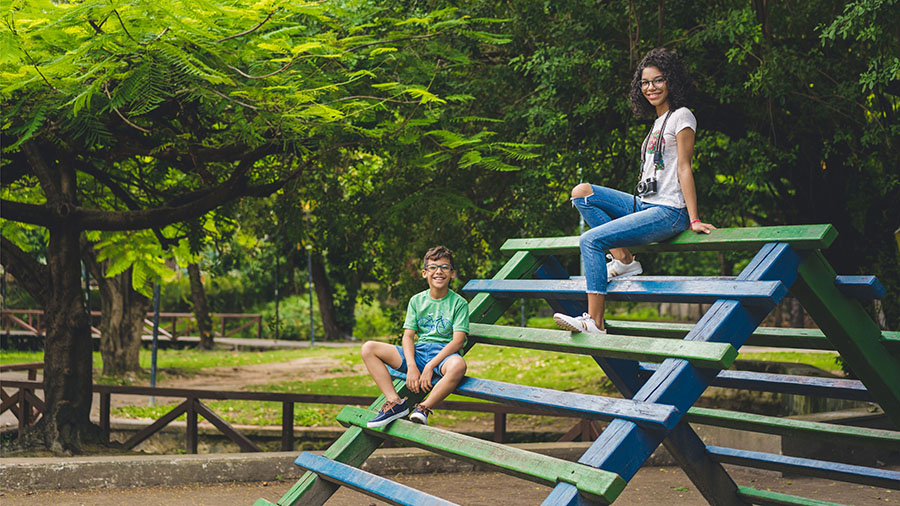
11. Incorporación de la tecnología y la innovación
Con el auge de la tecnología, los parques pueden beneficiarse de herramientas digitales que mejoran la participación de los visitantes y la gestión general. Desde aplicaciones móviles hasta actualizaciones en tiempo real de las instalaciones del parque, la tecnología mejora la experiencia en el parque.
Características técnicas a tener en cuenta:
- Aplicaciones móviles: Ofrezca aplicaciones que informen en tiempo real sobre eventos, instalaciones y servicios de los parques.
- Mapas interactivos: Los mapas y guías digitales ayudan a los visitantes a navegar por el parque y descubrir nuevas zonas.
- Bancos inteligentes: Algunos parques incluyen ahora estaciones de carga y Wi-Fi en los bancos para mejorar la experiencia.

12. Gestión presupuestaria y financiera
Una gestión presupuestaria eficaz garantiza el buen mantenimiento del parque y su capacidad para ofrecer diversos programas y servicios. Esto incluye evaluaciones periódicas de la financiación y la asignación de recursos para garantizar la sostenibilidad financiera del parque.
Consideraciones presupuestarias clave:
- Subvenciones y patrocinios: Solicitar subvenciones y patrocinios para financiar proyectos de parques.
- Transparencia: Facilitar a la comunidad el acceso a los informes presupuestarios y financieros para fomentar la confianza.
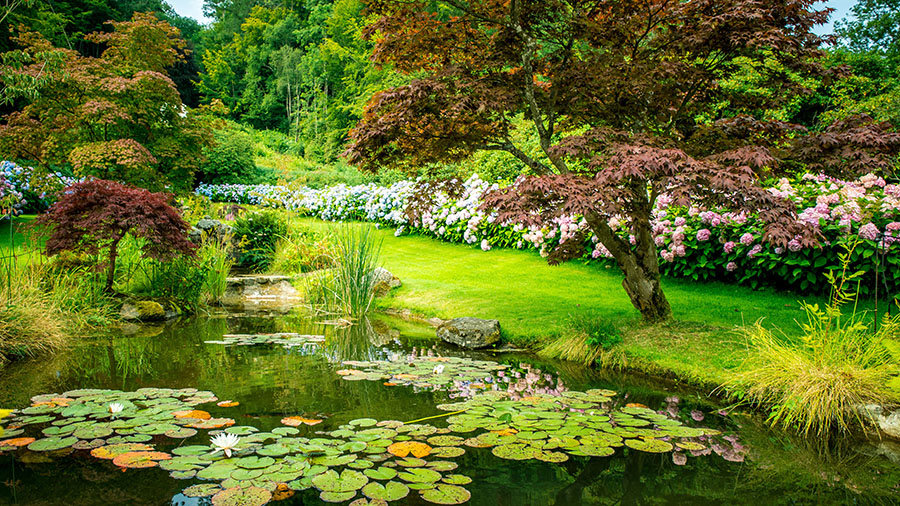
13. Acogida de actos culturales y espectáculos
Por último, la celebración de actos culturales y de ocio puede contribuir a crear un ambiente vibrante en el parque. Eventos como música en directo, festivales o exposiciones de arte pueden atraer a un amplio abanico de visitantes y fomentar el sentimiento de comunidad.
Acontecimientos culturales a tener en cuenta:
- Conciertos al aire libre: Acoger a músicos y artistas locales.
- Festivales comunitarios: Organice actos estacionales para celebrar las tradiciones y culturas locales.
- Arte público: Exponer arte público que refleje la diversidad de la comunidad local.

Crear parques que gusten a la gente
Al incorporar estos elementos esenciales al diseño de parques, los planificadores pueden crear parques públicos que no sólo sean funcionales, sino también queridos por la comunidad. Tanto si se trata de diseñar un parque nuevo como de mejorar uno ya existente, centrarse en la accesibilidad, la naturaleza, el ocio, la seguridad y la sostenibilidad garantizará que su parque se convierta en un espacio que la gente disfrutará durante años.
